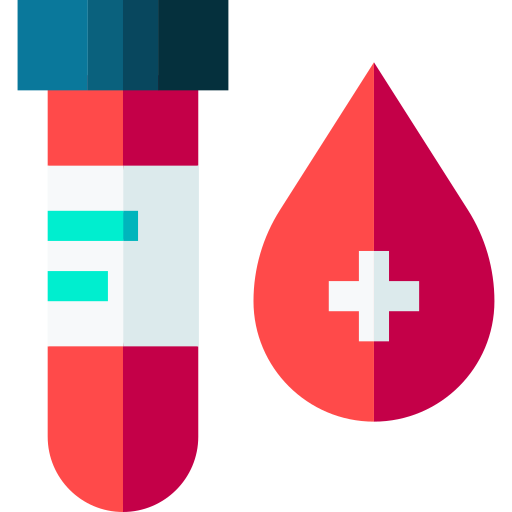
This routine test evaluates various blood cell types, providing insights into anemia, infections, and even certain cancers.
These annual tests assess kidney health and identify potential problems like reduced kidney function.
Recommended annually, these tests screen for liver conditions such as fatty liver disease, hepatitis B and C, and alcohol-induced liver damage.
Essential for diagnosing and managing diabetes, particularly important as the risk of type 2 diabetes increases with age.
Elevated CEA levels can occur in colon cancer and other abdominal and pelvic cancers. However, it’s not specific to cancer and requires further investigation.
The CA-125 test measures the level of a protein called Cancer Antigen 125 in the blood. It can be used in conjunction with other investigations, particularly for women with an increased risk of the disease.
Crucial for pancreatic and gastrointestinal cancer monitoring, which are more likely to occur in older adults.
Aids in diagnosing blood disorders, which are more common in the elderly due to bone marrow changes.
Early detection of colorectal cancer is critical as risk significantly increases after age 50.
A certain type of irregularity in a gene called BRCA can lead to breast or ovarian cancers in women. For women with this mutation, the risk is much greater than for women without it. The test is performed by taking blood or saliva samples and is recommended for women who have a family history of these issues.
Offers comprehensive imaging, essential for detecting diseases like cancer, whose risk increases with age.
Advised for women, starting by age 20, to familiarize with normal texture and identify changes early.
Important for detecting new growths or changes in moles, as skin cancer risk increases with cumulative sun exposure over time.

The CT scan facility provided by this clinic was exceptional. The staff was courteous, and the process was quick and efficient. I highly recommend their services.
I was quite apprehensive about undergoing a CT scan, but the team at this center made me feel comfortable throughout the procedure. The results were accurate, and I'm grateful for their professional care.
I've had several CT scans done at this facility, and each time, the experience has been consistent - timely appointments, modern equipment, and knowledgeable staff. Trustworthy service indeed!
The CT scan service here exceeded my expectations. The radiologist explained everything in detail, and I felt reassured throughout. Kudos to the entire team for their expertise and empathy.
This age group should prioritize screenings for:
It depends on your individual health and family history. Other screenings to consider include:
Bone X-rays are essential for diagnosing fractures and assessing bone alignment, aiding doctors in developing treatment plans and monitoring healing progress. They provide detailed images of the skeletal system, helping identify abnormalities or injuries that may not be visible through other imaging techniques